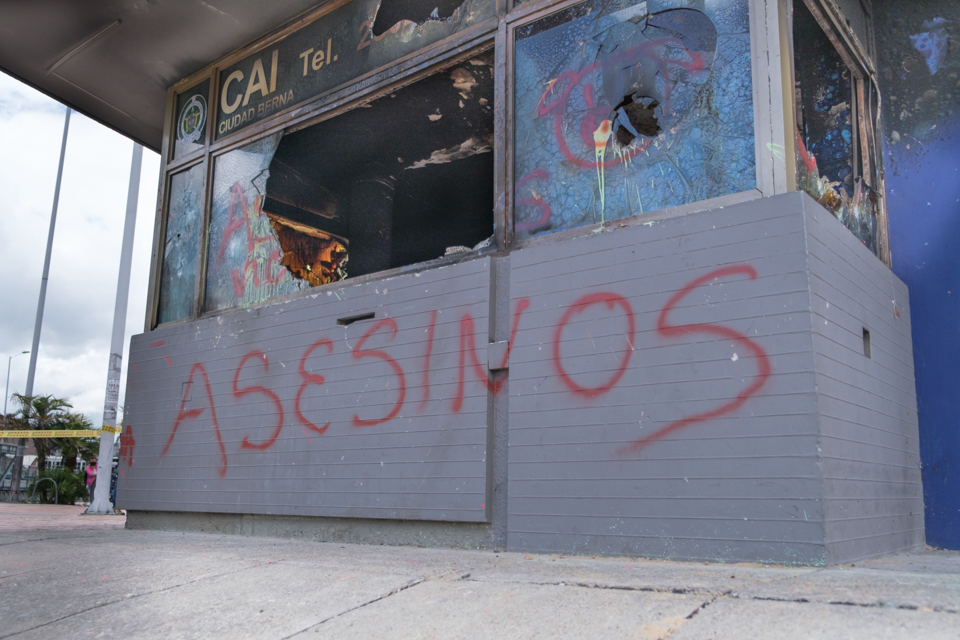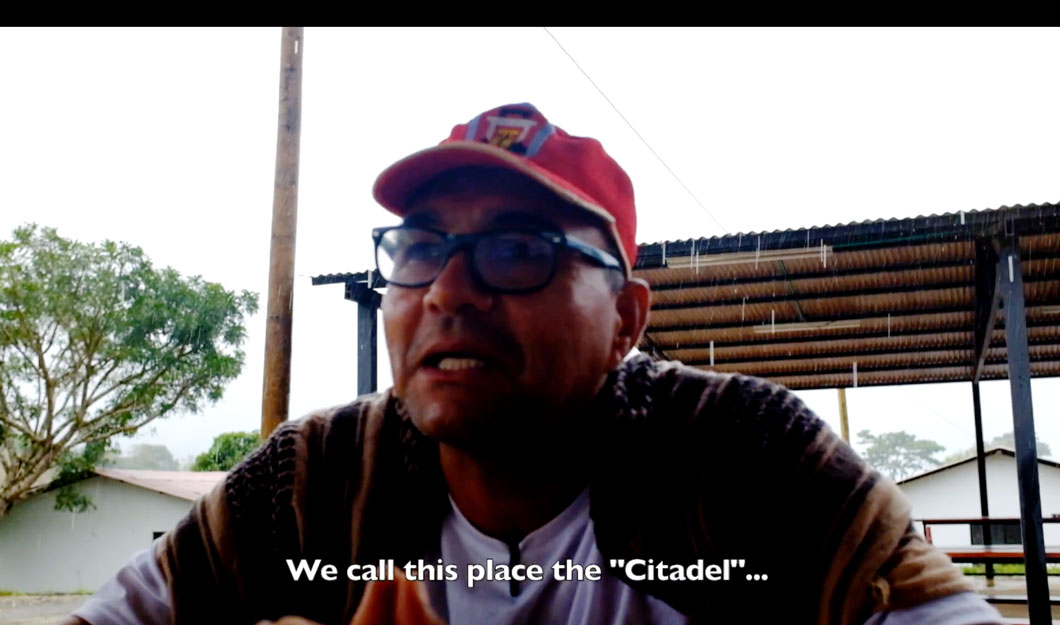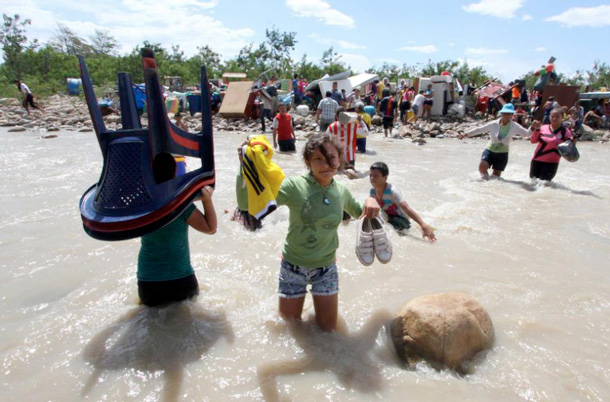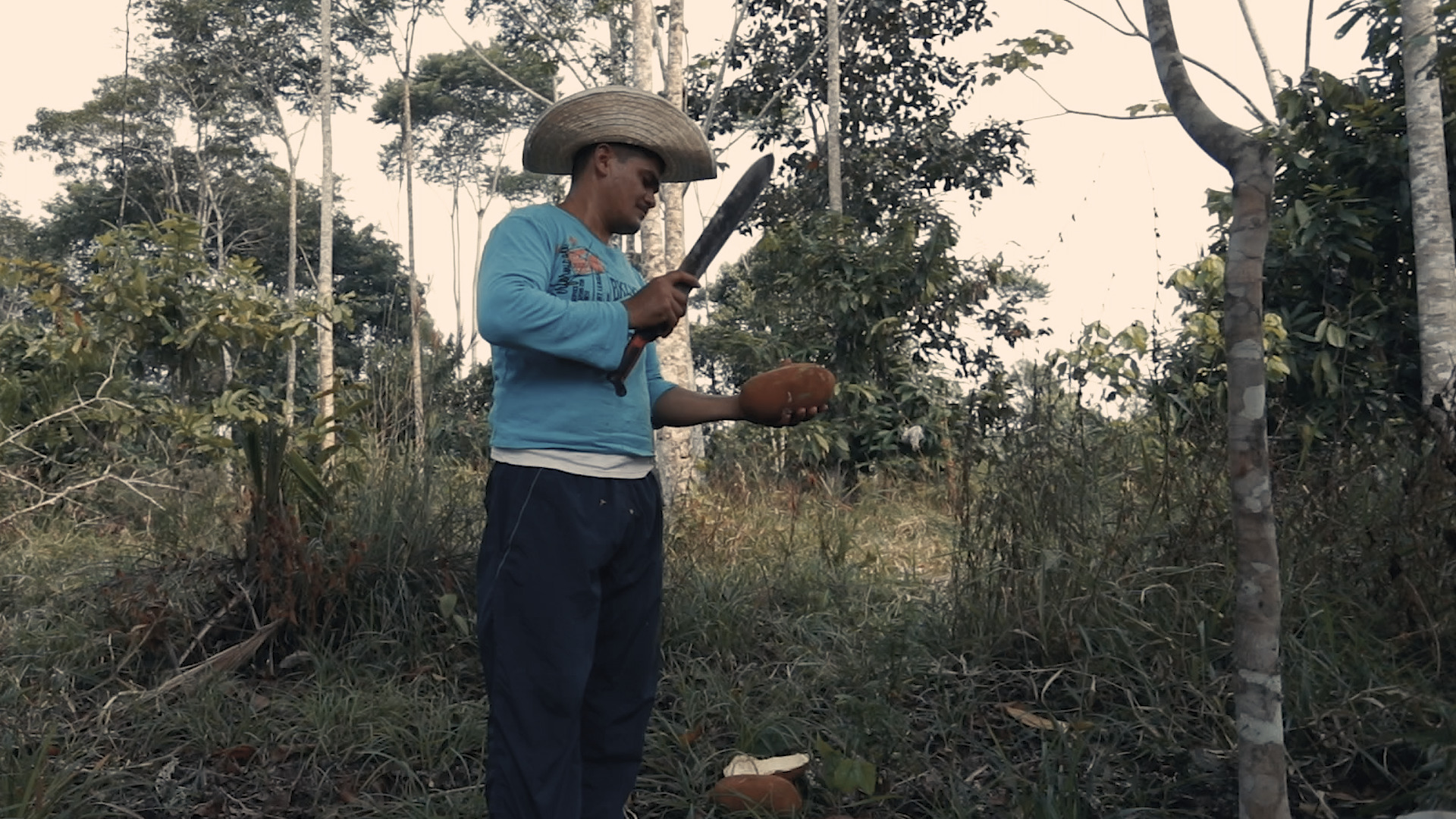
Officials within Colombia’s Unit for the Search of Disappeared Persons (UPBD), which was created as part of the 2016 peace accord, announced in May that they will begin carrying out search expeditions over a two-year time frame. Investigators are now traveling across Colombia — which has one of the highest numbers of forcibly disappeared persons in South America — to search for bodies believed to be located in areas that were once considered war zones.
UPBD director Luz Marina Monzón believes there is a need to understand the historical and geographical contexts that are associated with each missing person, as some date back to as early as 1970.
“We have an estimate that is not [yet] defined, of more or less 100,000 persons,” Monzón told El País, indicating an increase from the last figure of 83,000, calculated in 2018. This is still a tentative prediction, considering it is still unknown how many cases went unreported.
“The large debt is to determine how many and who are the disappeared in Colombia,” Monzón said. The majority of people are often found unnamed in cemeteries across the country, and there are more who are yet to be identified after their remains were exhumed under a previous law passed in 2005.
UPBD officials have arrived in ten cities including Barranquilla, Cúcuta and Cali, where teams of forensic scientists will begin gathering information from victims’ families and local municipalities to plan possible exhumations, according to El Tiempo. These areas were deemed safe zones for immediate exploration.
Investigators will focus on areas that had limited institutional support before the peace process, as well as look into territories where dissident factions are still active. Despite a reduction in funding from its previous planned budget, which will impact the number of researchers who are able to work in the field, next year, the search unit plans to focus on the municipalities of Florencia, Yopal, Montería, Arauca, Quibdó, Ibagué and Bogotá.
“The large debt is to determine how many and who are the disappeared in Colombia.”
Luz Marina Monzón, UPBD director
“It’s a challenge for the unit to arrive in these regions,” Red Cross Territorial Expert Faber Zapata told The Bogotá Post. “There are many organizations of victims’ families that have information regarding the locations of grave sites, as well as cemeteries and informal areas where they assume people could be buried.”
“In Colombia, and across the country, mass graves were often used, so these sites don’t have a body count,” Zapata added.
Forced disappearances implicated the state military, armed paramilitary and guerrilla groups. During the early-to-mid 2000s, many of the forced disappearing victims lived in rural areas near conflict zones, the majority of which were men, social leaders and marginalized communities.
Cases known as “false positives” received widespread attention in 2016, after the Colombian government charged officers in its own national army with involvement in an estimated 10,000 extrajudicial murders of civilians who were passed off as guerrilla combatants to boost body count numbers.
Because there were various armed groups acting over a period of more than 60 years, officials with the UPBD are still attempting to compile further evidence on unidentified cases for a more precise indication of how many bodies are left to be returned to the victims’ families. Nationally, only a fraction of the thousands that were reported missing have actually been discovered, according to the Center for National Historical Memory (CNMH), an institution dedicated to documenting the 52-year legacy of Colombia’s conflict.
The manner in which some of these crimes occurred also makes it difficult for investigators to identify those who disappeared. Many of the bodies were grossly dismembered, buried across various locations in mass grave sites and others were thrown into rivers. In a massive search 4,500 bodies were exhumed as part of the Justice and Peace Law, which now remain in a morgue under the supervision of the prosecutor’s office.
This is where Lourdes del Zocorro Zapata believes her son was found.
Del Zocorro is part of a group of mothers searching for their missing children. She lost two of her sons to street violence in Medellín. Ricardo, 22, disappeared in 2007 on the hillside toward the outskirts of the city where they lived. Her other son was killed in 2015 during a robbery. She remembers seeing a black van circling through the neighborhood around the time Ricardo went missing.
Three years ago, investigators from Bogotá were able to retrieve facial recognition from a young man’s body which had been classified as an extrajudicial murder and false positive case. The imprint of the young man’s face and photos made it clear to Lourdes that it was her son. “I recognized everything he had – the clothes, everything, the body – for me that’s my son,” she said.
In its most recent investigation of missing persons in Colombia, the CNMH suggested that the unofficial number of missing persons continues to be a challenge as it limits researchers’ deeper understanding of how these crimes developed over time.
What’s more, some of these cases are not registered, even if investigators have been able to find these missing persons. Part of this problem is based on systematic issues, such as errors and oversights in the documentation of the bodies that are found.
Failing to detail minimal characteristics may lead to confusion in properly recognizing who they are, the Medellín-based Red Cross forensic unit told The Bogotá Post. Often referred to as “nameless,” these persons are left in cemeteries.
“It’s unlikely that any administrator [across the country] has an exact figure of how many persons are unidentified in their cemetery,” said Zapata, on behalf of the Colombian Red Cross.
Since the turn of the century, state institutions have made notable progress toward the search for missing persons. Prior to the peace accord, the government established a National Search Commission, whose role was to coordinate a comprehensive plan involving the diverse entities in charge of the search. But not having a final figure makes it difficult to follow through with a public policy that encompasses the diverse range of cases, said Alejandro Jimenez Ospina, a legal investigator with DeJusticia. There are also a wide number of reports of what might be considered to have been forced disappearances that occurred outside the years of armed conflict.
“It’s unlikely that any administrator [across the country] has an exact figure of how many persons are unidentified in their cemetery.”
Faber Zapata, Colombian Red Cross.
“The problem with having such a long conflict with so many actors interacting at the same time is that … it’s impossible to have a clear absolute, complete, comprehensive number [of disappeared persons] because the conditions are insufficient,” Jimenez told The Bogotá Post. “In addition, Colombian territory is very expansive, very diverse, and in certain zones very inaccessible.”
The UPBD is considered the first institution to tackle this issue independently as its own search taskforce. For several years now, researchers have started to piece together the stories behind forced disappearances in Colombia. Investigators have focused on the clarification of places, profiles of victims and perpetrators, the methodology of these crimes, and the social impact they have had on many civilians.
But despite efforts, there is an ensuing debate regarding the implications these cases have had on Colombian society as a whole. Families of victims find themselves still left in the shadows, in some cases for more than three decades. “I know that one day I will know the truth,” Del Zocorro said.
“That is what we need, to know the truth, to be at peace.”





